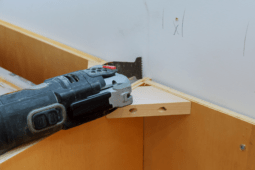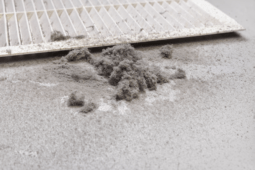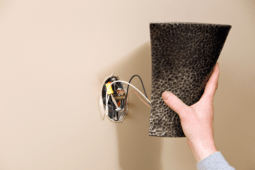Signs of When a Tree Needs Removal for Home Safety
Trees are often cherished features of our landscapes, providing shade, beauty, and environmental benefits. However, there comes a time when a tree may pose more risk than reward. Recognizing the signs of a dangerous or dying tree is crucial for maintaining the safety of your property and loved ones.
In this comprehensive guide, we’ll explore the various indicators that suggest a tree may need removal. From visible damage to subtle symptoms, understanding these signs can help you make informed decisions about the trees on your property.
1. Dead or Dying Trees
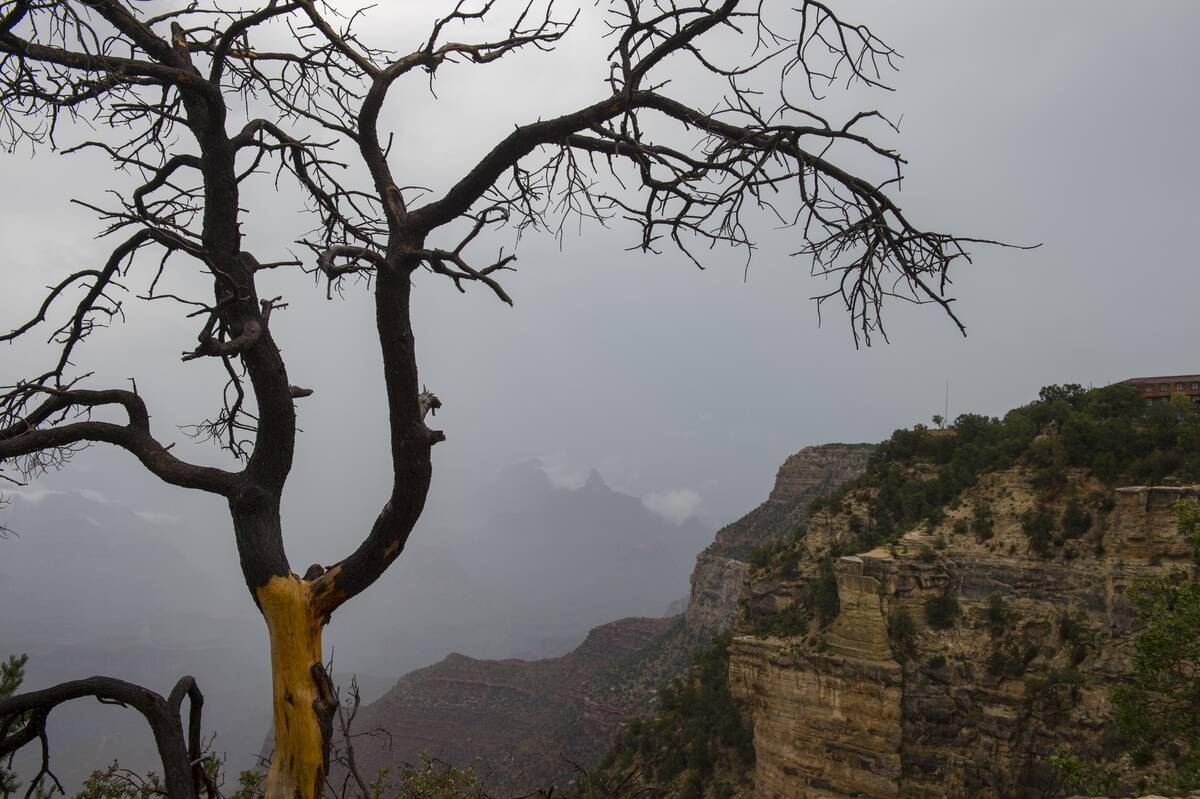
Dead trees are more than just eyesores; they’re potential hazards waiting to topple. A completely lifeless tree offers no benefits and poses significant risks to its surroundings. It’s essential to identify and remove dead trees promptly.
Look for trees that fail to produce leaves during the growing season or those with completely bare branches. Dead trees also tend to have brittle, dry wood that can easily snap and fall during storms or high winds.
2. Damaged Limbs
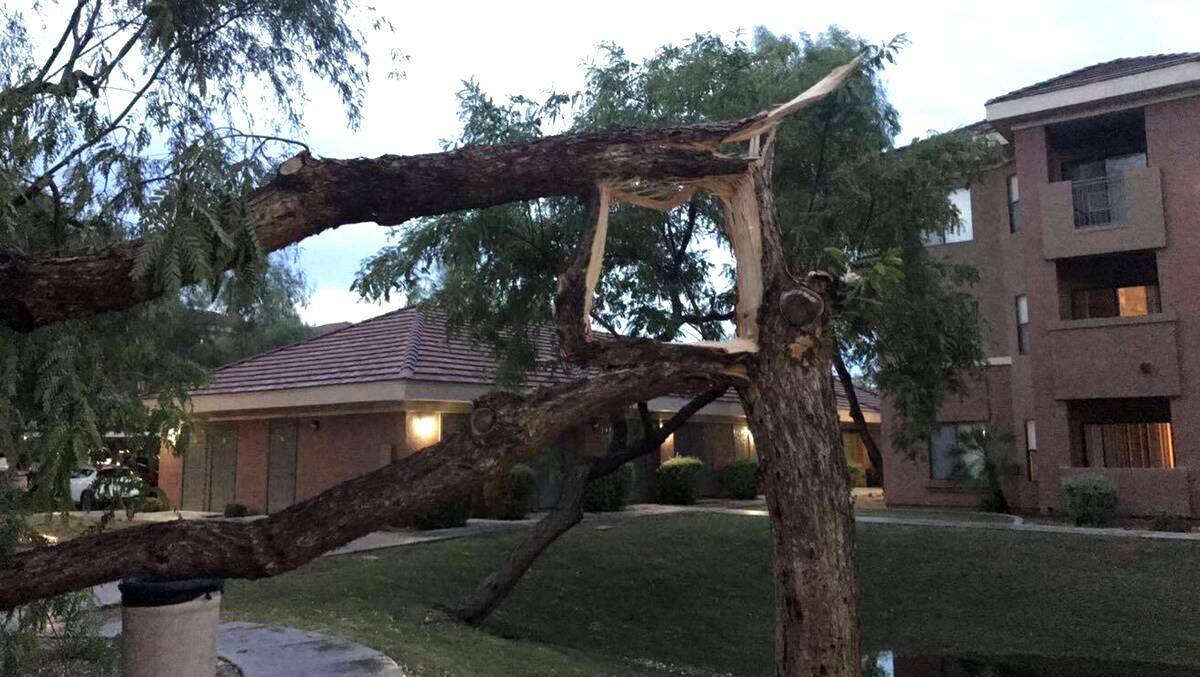
Damaged or weakened limbs can be a serious safety concern, especially after severe weather events. These compromised branches may fall unexpectedly, causing injury or property damage. It’s crucial to address this issue promptly.
Regularly inspect your trees for cracked, split, or hanging limbs. Pay special attention to large branches that overhang structures or high-traffic areas. If you notice any suspicious damage, consult with a professional arborist to assess the situation.
3. Soil Issues
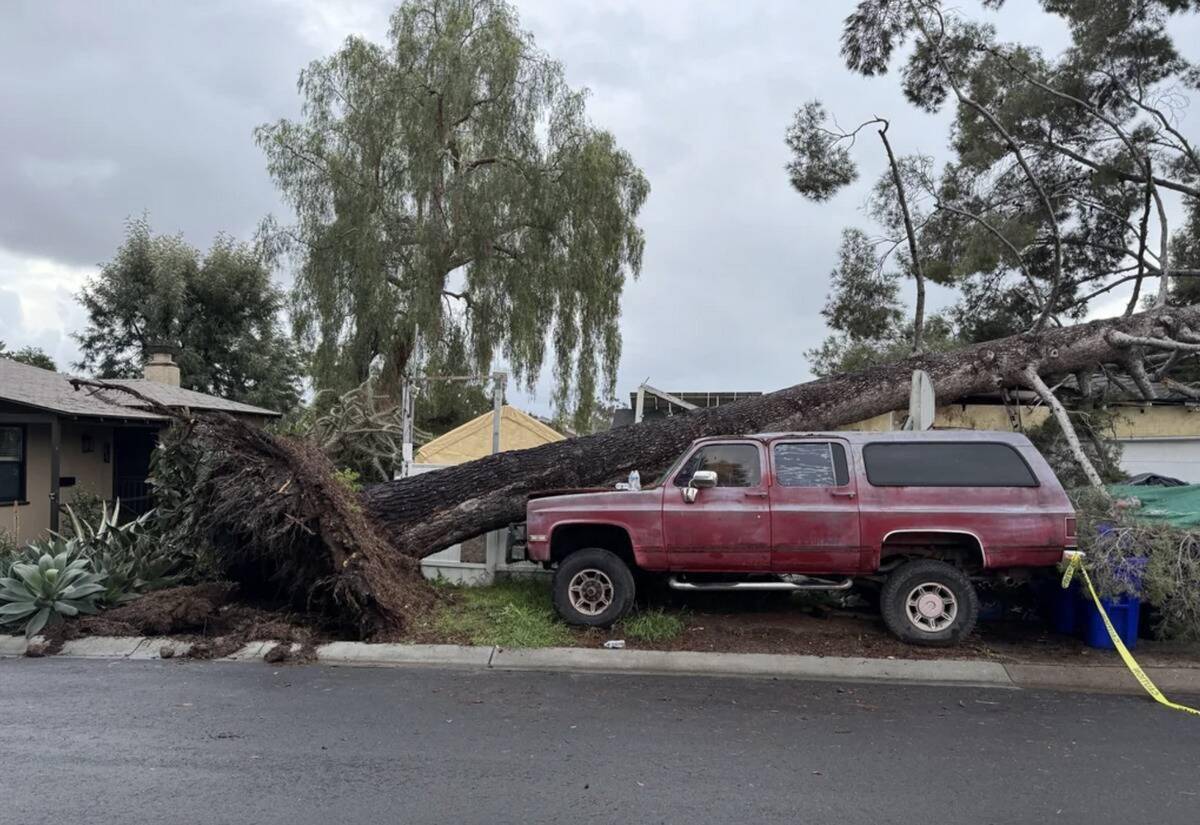
The condition of the soil around a tree can provide valuable clues about its health and stability. Cracked, raised, or sunken soil near the tree’s base can indicate root problems or potential instability.
Regularly inspect the ground around your trees for any unusual changes in soil level or texture. If you notice significant soil disturbances, especially on one side of the tree, consult a professional for a thorough evaluation.
4. Leaf Loss
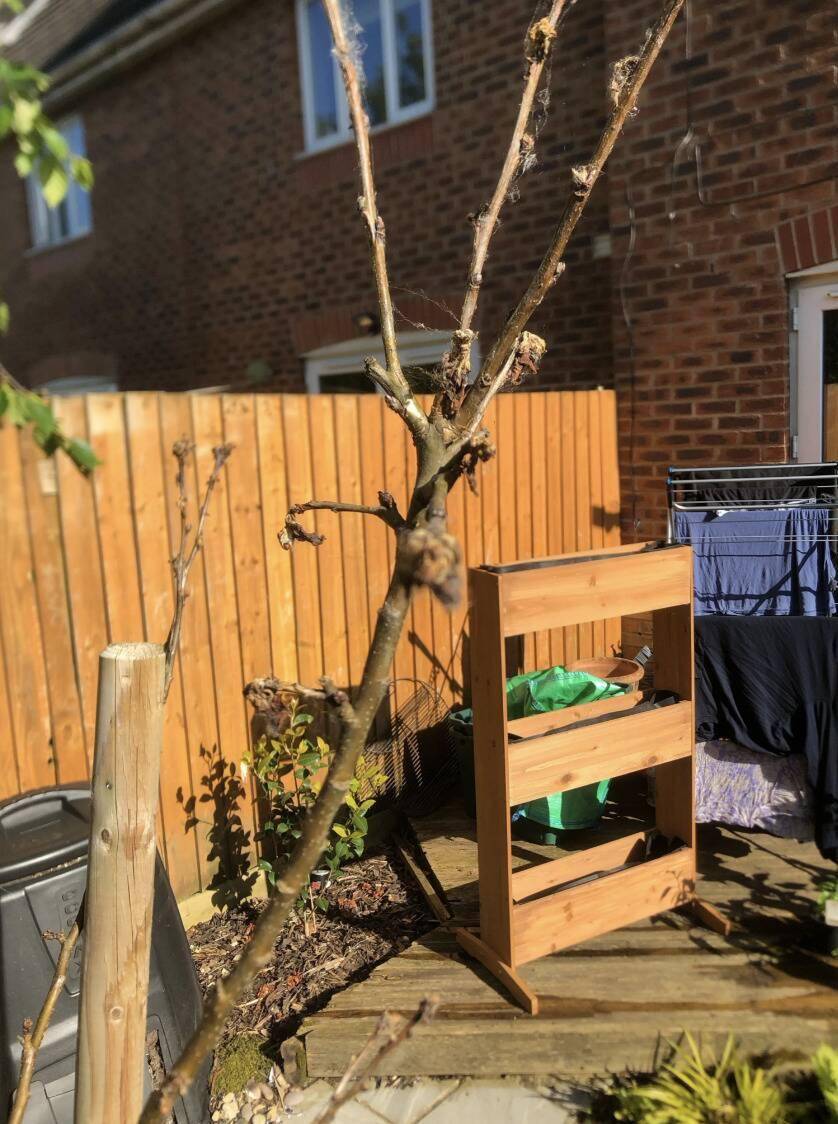
While deciduous trees naturally lose their leaves in autumn, unexpected or excessive leaf loss can be a sign of trouble. Trees that can’t produce or maintain foliage may be struggling with various health issues.
Observe your trees’ leaf patterns throughout the growing season. If you notice premature leaf drop or a failure to produce leaves in spring, it could indicate drought stress, disease, or other problems that may require professional attention.
5. Signs of Decay
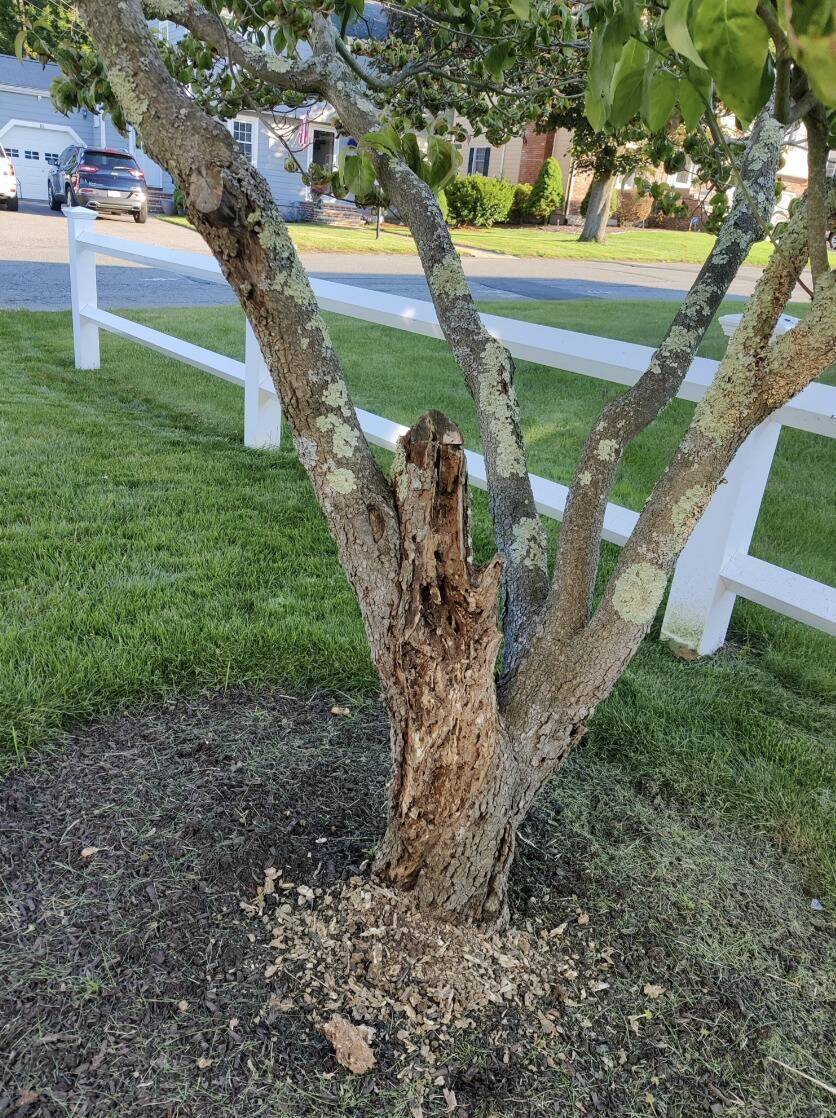
Decay is a natural process in the life cycle of trees, but extensive decay can compromise a tree’s structural integrity. Identifying signs of decay early can help prevent potential hazards.
Look for visible fungal growth, such as mushrooms or conks, on the trunk or roots. Soft, crumbly, or discolored wood is also an indicator of decay. If you suspect internal decay, consult an arborist for a thorough assessment.
6. Surface Root Issues
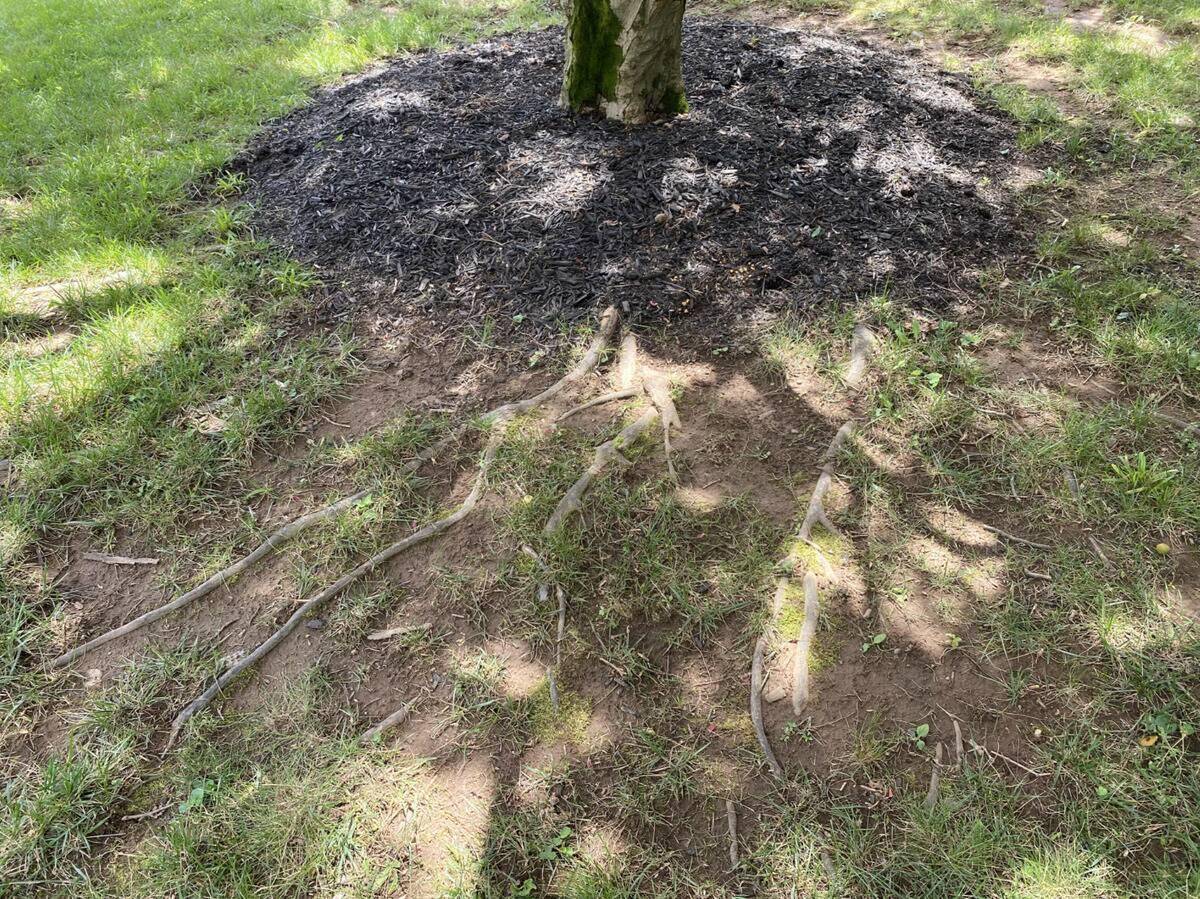
While some surface roots are normal, excessive root exposure can indicate problems with soil compaction or erosion. These issues can destabilize the tree and increase the risk of falling.
Pay attention to roots growing prominently at the surface, especially if they’re causing damage to sidewalks or structures. If you notice a significant increase in visible roots, it may be time to consult a professional.
7. Excessive Sap Leakage
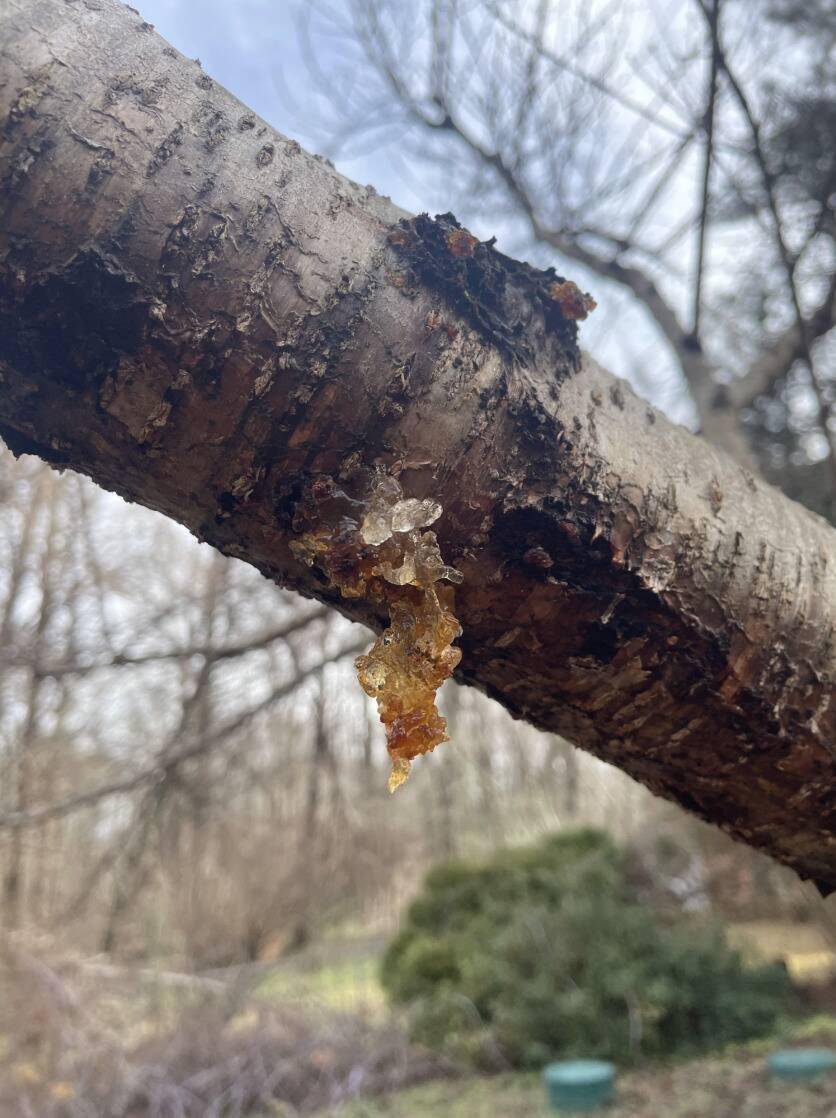
While some sap flow is normal, excessive or persistent sap leakage can be a sign of stress or disease in trees. This condition, known as gummosis, warrants closer inspection.
Monitor your trees for unusual sap flow, particularly if it’s accompanied by discoloration or foul odors. Excessive sap production could indicate pest infestation, disease, or other health issues that may require treatment or removal.
8. Leaning Trees
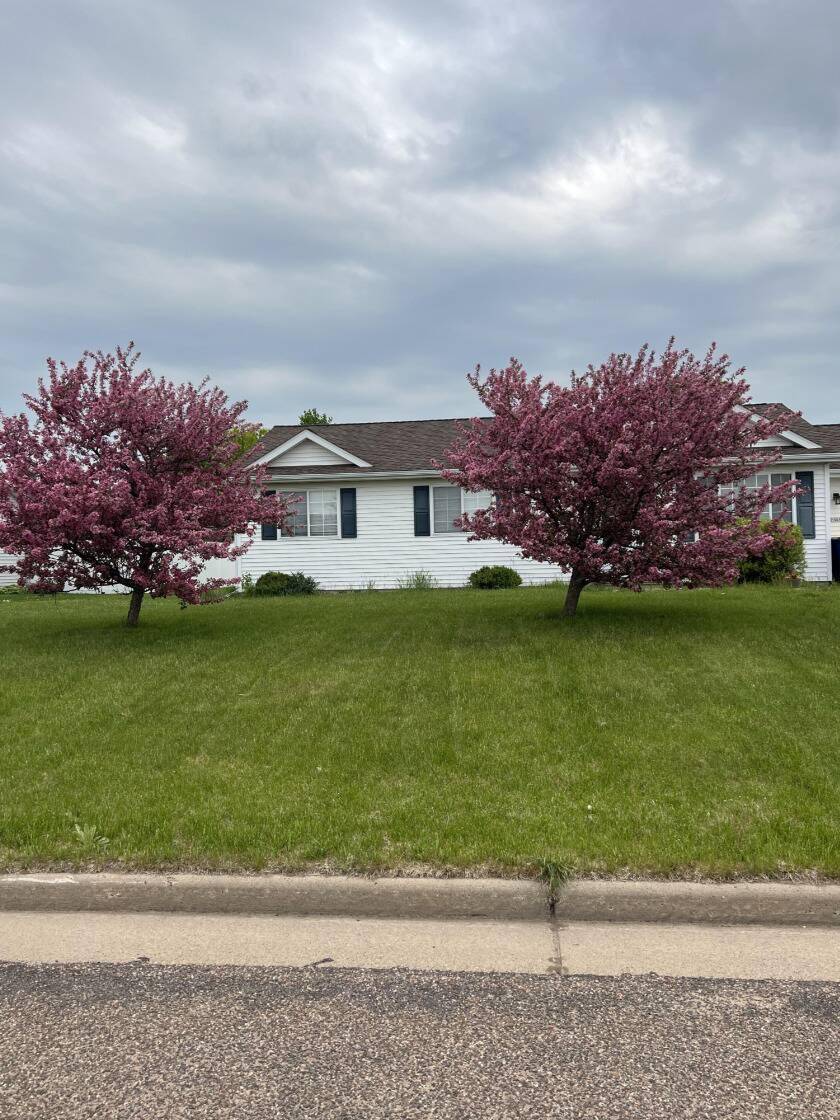
While some trees naturally grow at an angle, a sudden or progressive lean can be a sign of root damage or soil instability. Leaning trees pose a significant fall risk and should be evaluated promptly.
Keep an eye on the vertical alignment of your trees, especially after storms or heavy rainfall. If you notice a tree developing a lean over time or if the soil around the base appears raised or cracked, consult an arborist immediately.
9. Girdling Damage
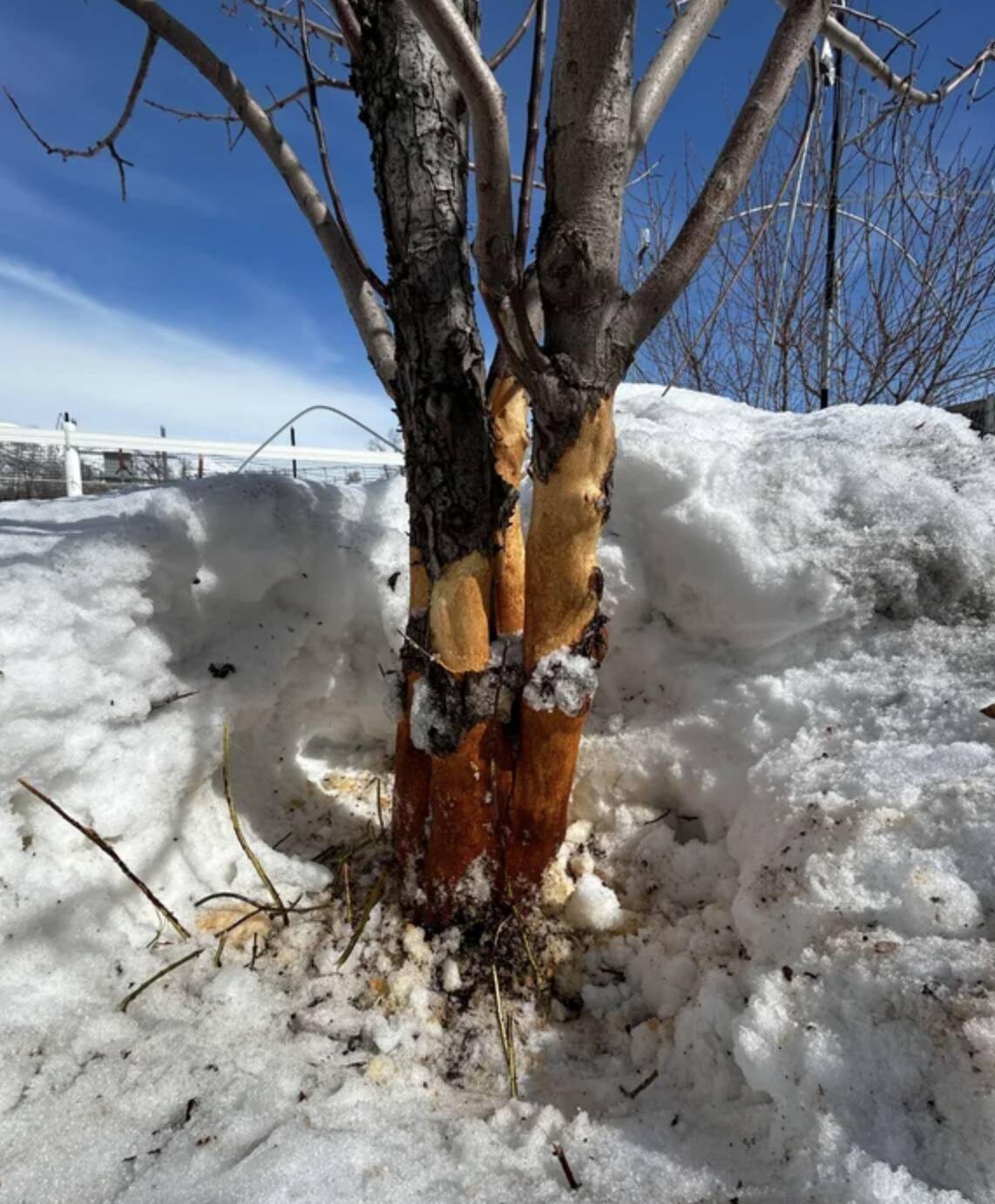
Girdling occurs when a tree’s bark is removed in a complete ring around the trunk. This damage interrupts the tree’s vascular system, effectively cutting off its nutrient supply.
Inspect the base of your trees regularly for signs of girdling, which can be caused by animals, lawn equipment, or improper staking. If you notice a complete ring of missing bark, the tree may need to be removed to prevent it from becoming a hazard.
10. Excessive Animal Activity

While it’s normal for trees to host various wildlife, an unusual increase in animal activity can signal a tree’s declining health. Pests and animals are often attracted to weakened or dying trees.
Observe the level of animal activity in and around your trees. An influx of woodpeckers, insects, or small mammals could indicate internal decay or disease that may require professional assessment.
11. V-Shaped Branch Unions
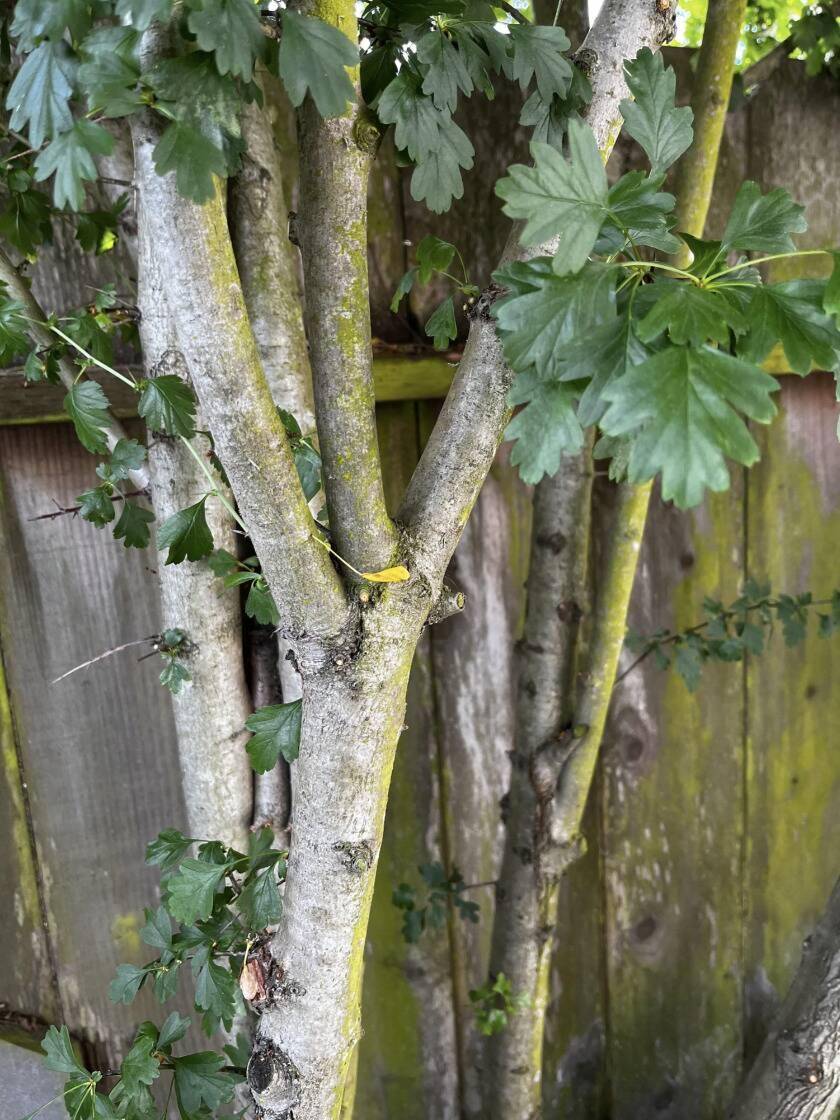
V-shaped branch unions, where two branches grow closely together in a tight V formation, are inherently weaker than U-shaped unions. These formations are more prone to splitting and breaking.
Examine the branch structure of your trees, particularly where large limbs meet the trunk. If you notice many V-shaped unions, especially on mature trees, consider having them evaluated for potential pruning or removal.
12. Dead Branches
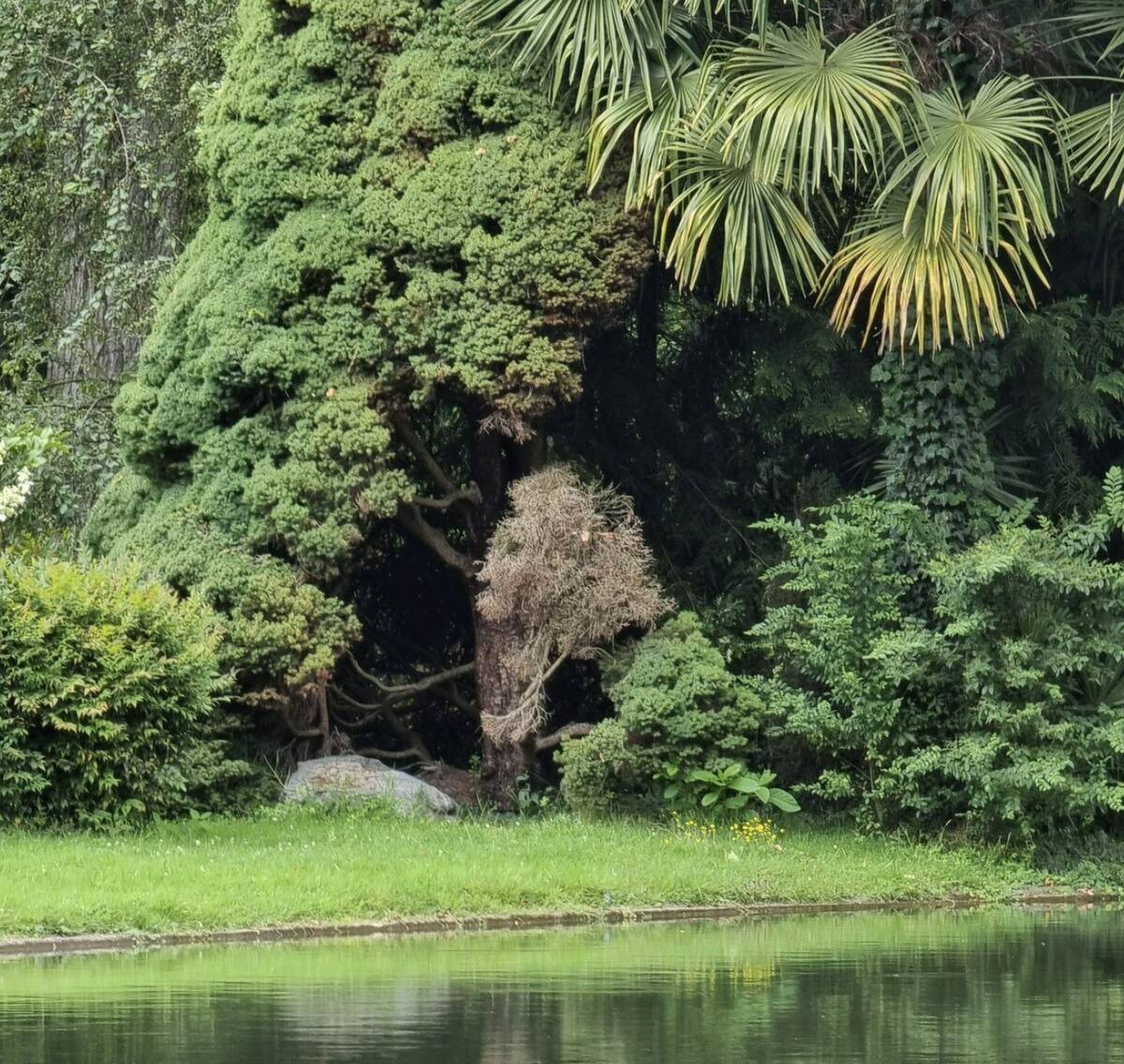
Dead branches, often called “widow-makers,” pose a significant safety risk. These dry, brittle limbs can fall unexpectedly, causing injury or property damage.
Regularly inspect your trees for dead branches, which often appear bare, brittle, or discolored. If you notice multiple dead branches, especially large ones, it may be time to consider removal or extensive pruning.
13. Hollow Trunks
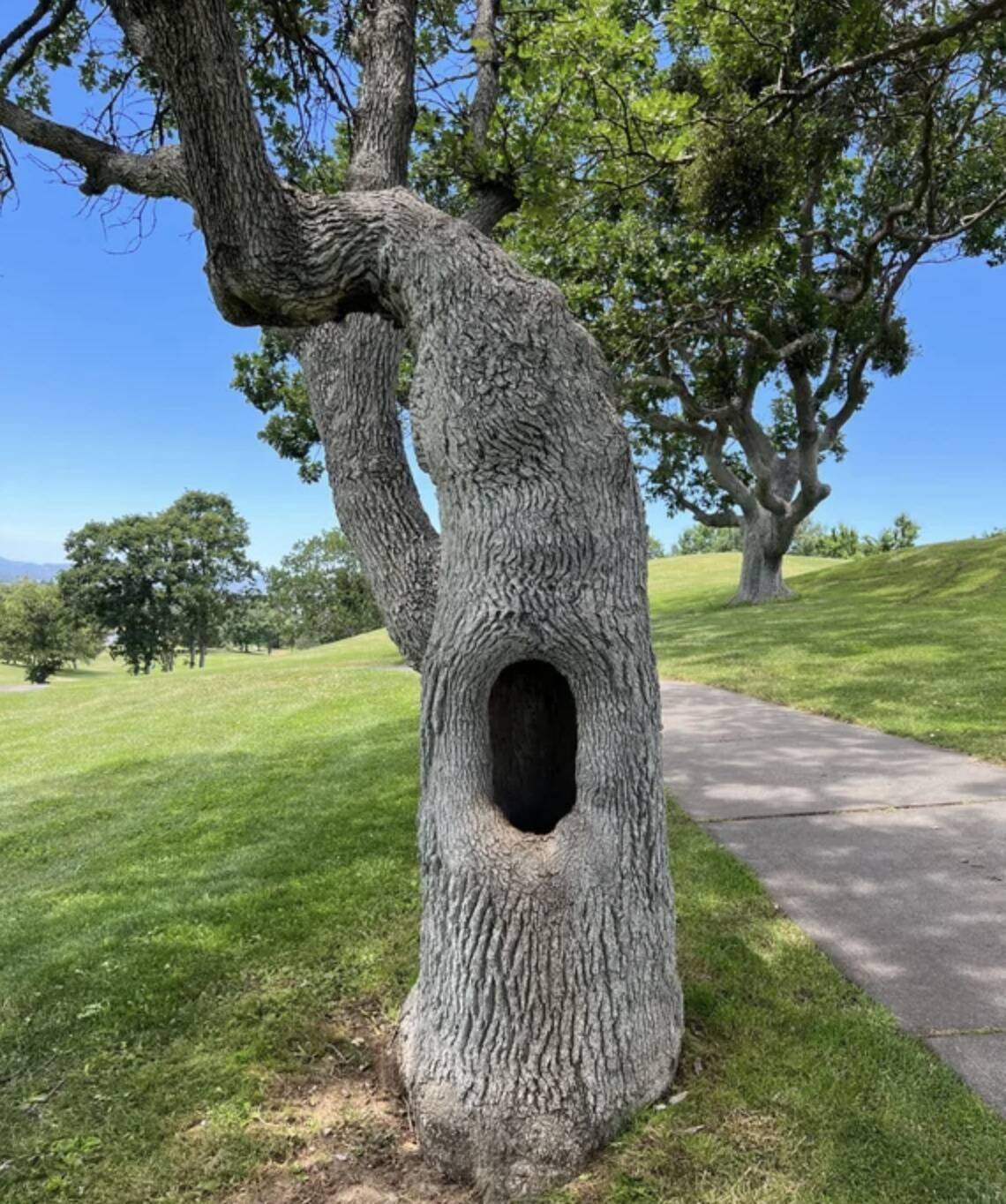
While some hollow trees can survive for years, extensive internal decay significantly weakens a tree’s structure. Hollow trunks increase the risk of tree failure, especially during storms or high winds.
Look for signs of hollowing, such as visible cavities or a hollow sound when tapping the trunk. If you suspect your tree is hollow, have it professionally assessed to determine the extent of the decay and the tree’s stability.
14. Lightning Damage
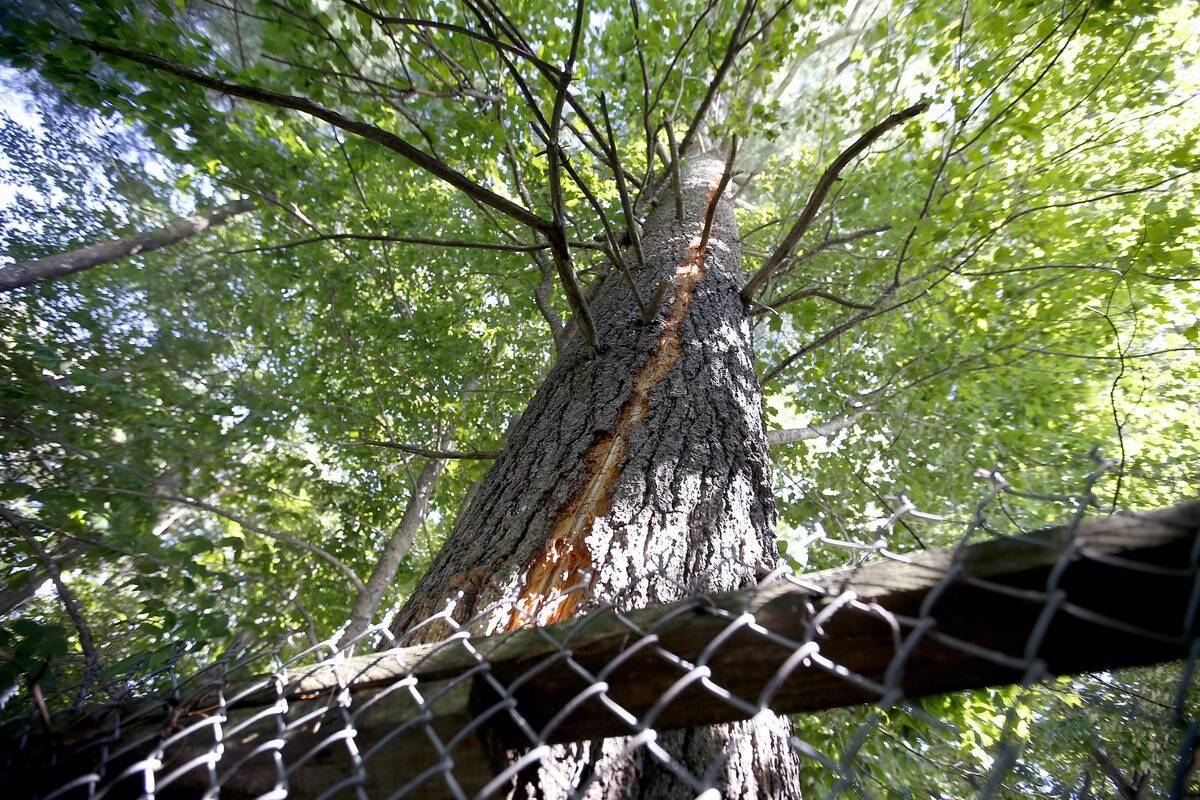
Lightning strikes can cause severe damage to trees, often leading to long-term health issues or immediate structural problems. The effects of lightning damage may not always be immediately apparent.
After storms, inspect your trees for signs of lightning strikes, such as split bark, burned areas, or sudden leaf loss. Even if the damage seems minor, it’s wise to have lightning-struck trees evaluated by a professional.
15. Sudden Branch Drop Syndrome
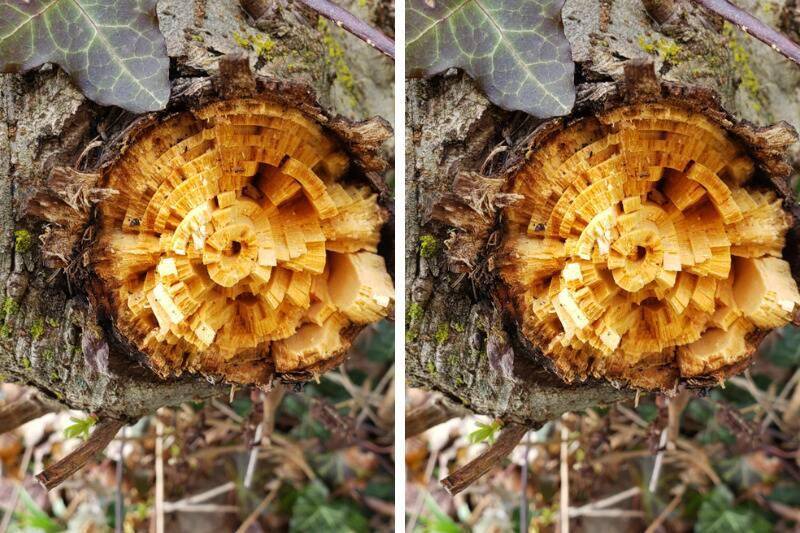
Some trees are prone to sudden branch drop syndrome, where seemingly healthy branches fall without warning. This phenomenon is particularly dangerous in areas with high foot traffic.
Be aware of any unexplained branch drops, especially during calm weather conditions. If you notice this occurring, consult an arborist to assess the tree’s overall health and safety.
16. Precarious Positioning
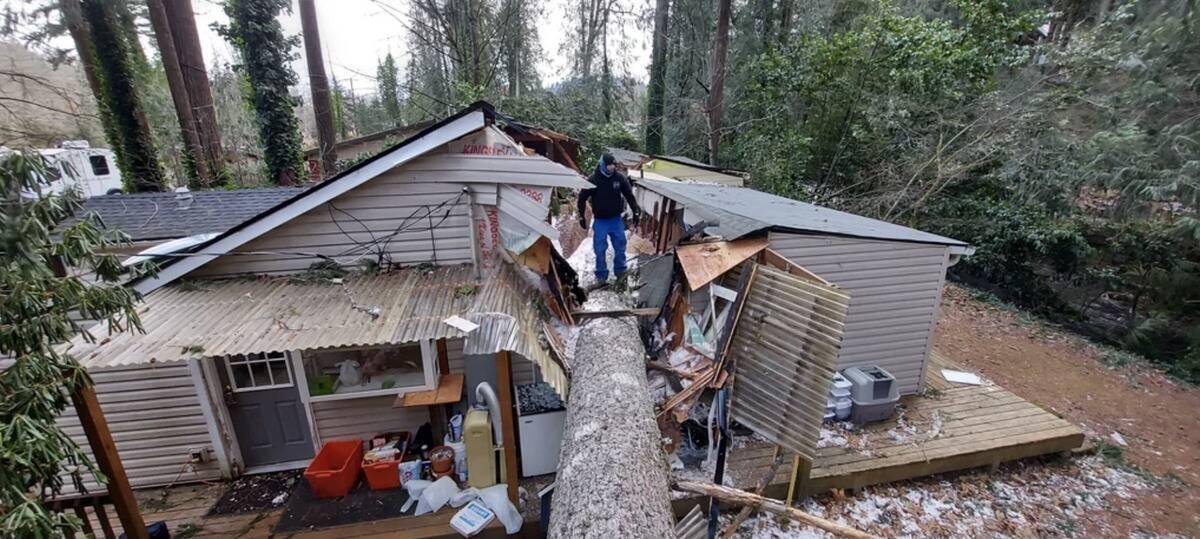
Sometimes, a tree’s position alone can make it a potential hazard. Trees growing too close to structures, power lines, or in areas prone to soil erosion may need to be removed for safety reasons.
Evaluate the location of trees on your property, considering their proximity to buildings, roads, and utilities. Trees that have outgrown their space or are interfering with infrastructure may need to be removed or relocated.
17. Vertical Cracks in the Trunk
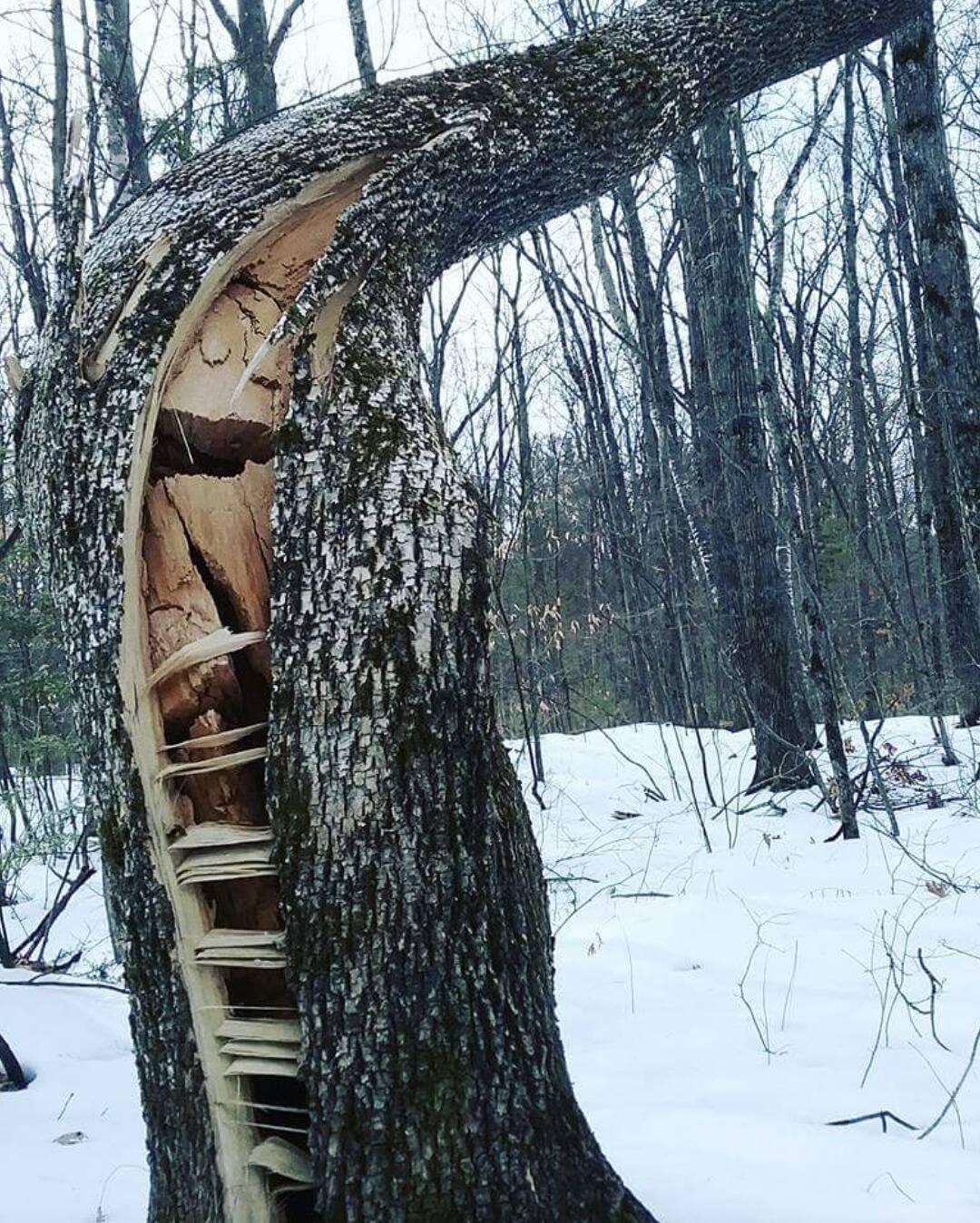
Vertical cracks in a tree’s trunk can indicate serious structural issues. These fissures, often called frost cracks, may appear harmless at first but can lead to more significant problems if left unchecked.
Monitor any cracks you observe in your trees’ trunks. While some may naturally close and heal, persistent or widening cracks could signal internal decay or pest infestation. An arborist can help determine the severity of the issue.
18. Leaf Spots
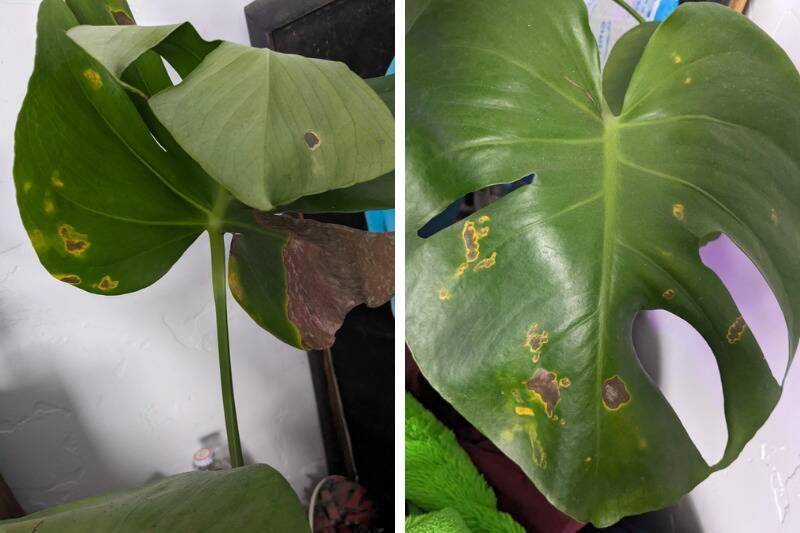
While leaf spots are often considered a minor issue, severe or persistent cases can indicate more serious problems. Leaf spot diseases can weaken trees over time, making them more susceptible to other health issues.
Monitor your trees for unusual spotting or discoloration on leaves. If leaf spots persist or lead to significant leaf loss, it may be time to consult an arborist for treatment options or to assess the overall health of the tree.
19. Premature Leaf Drop
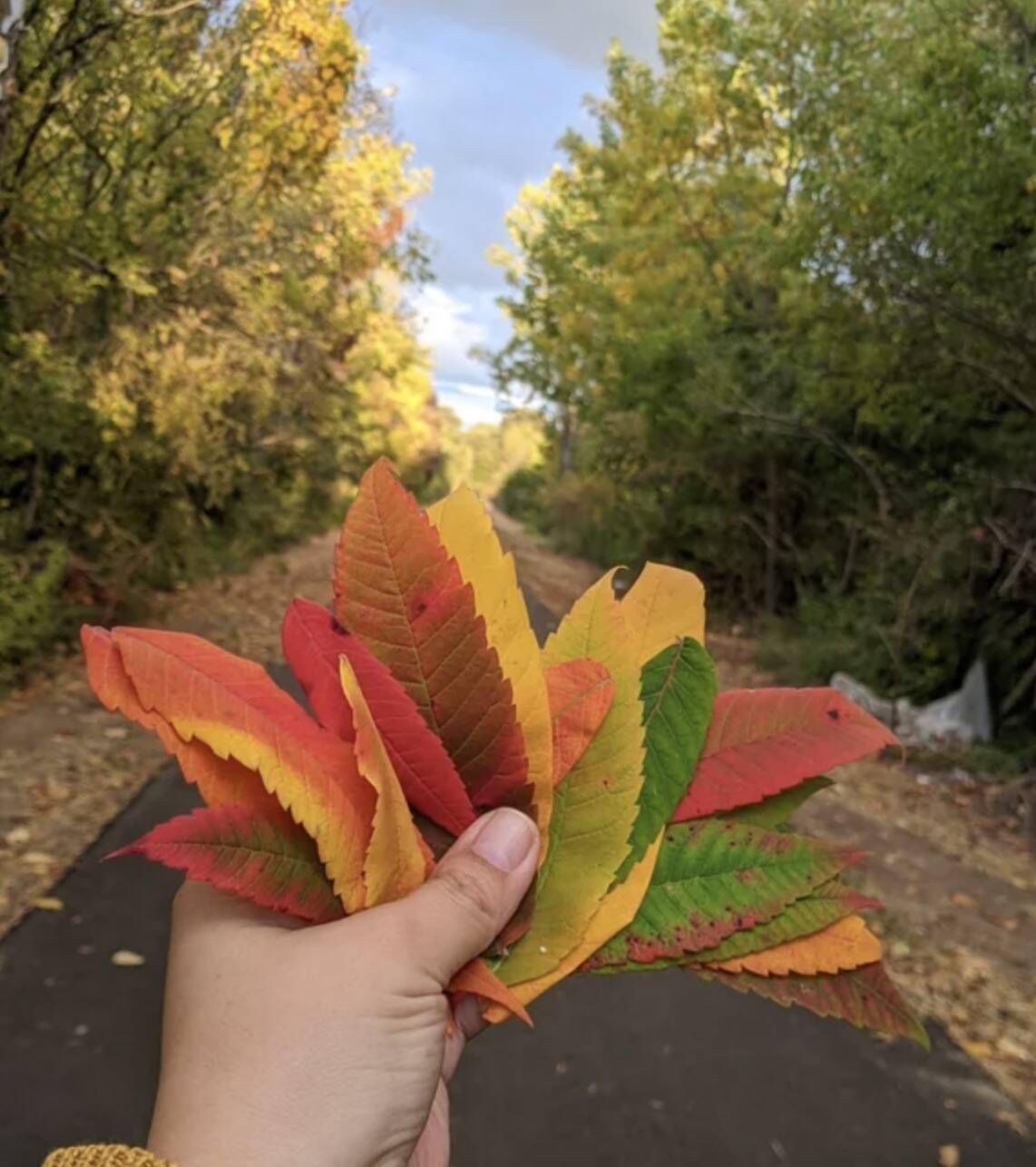
Trees that lose their leaves earlier than expected may be experiencing stress or disease. While occasional early leaf drop can be weather-related, consistent premature shedding is cause for concern.
Pay attention to the timing of leaf loss in your trees. If you notice a pattern of early leaf drop year after year, or if it’s accompanied by other signs of distress, have the tree evaluated by a professional.
20. Fungal Growth
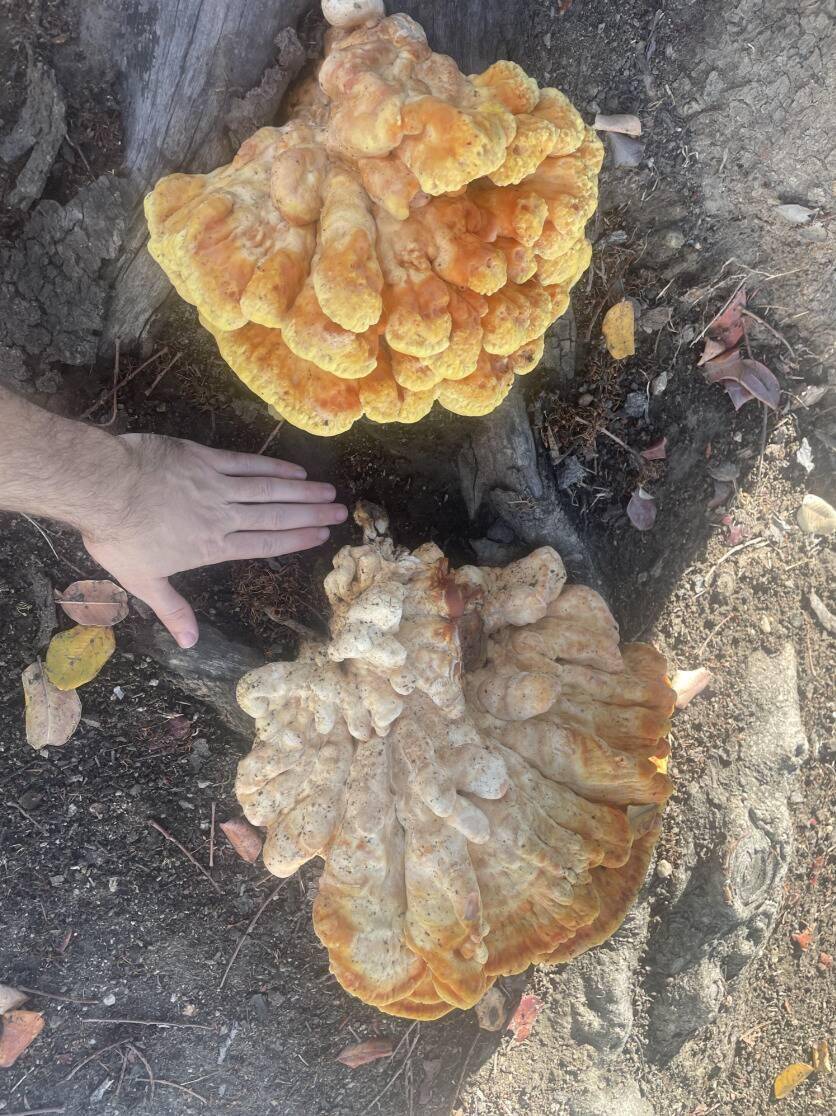
The presence of mushrooms or other fungal growths on or around a tree can be a sign of internal decay. While not all fungi are harmful, certain species can indicate serious health issues.
Regularly inspect the base, trunk, and major branches of your trees for fungal growth. If you notice persistent or large fungal bodies, especially near the tree’s base, consult an arborist to assess the extent of potential decay.





